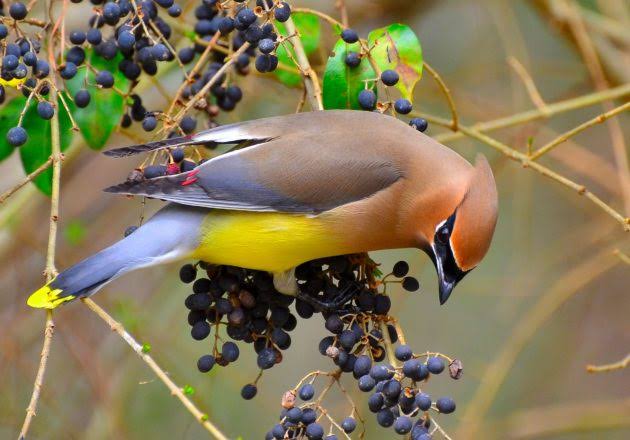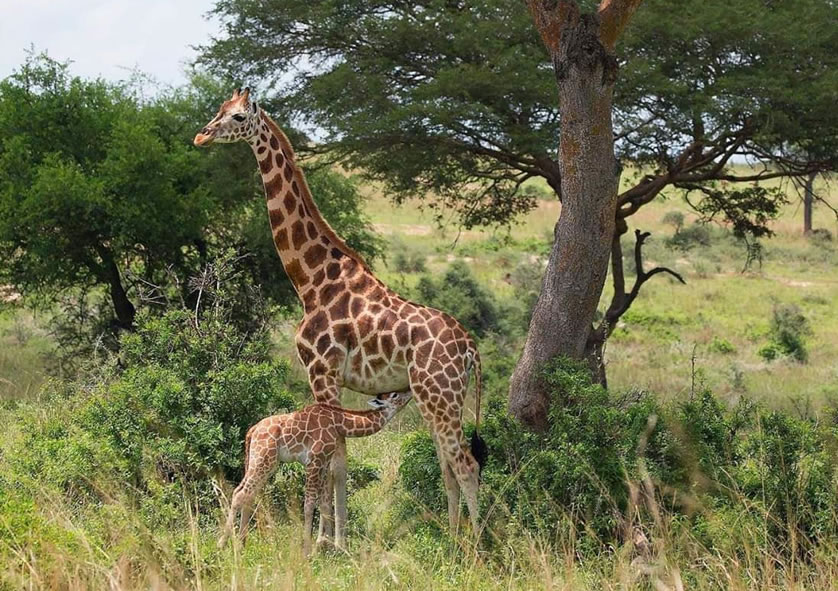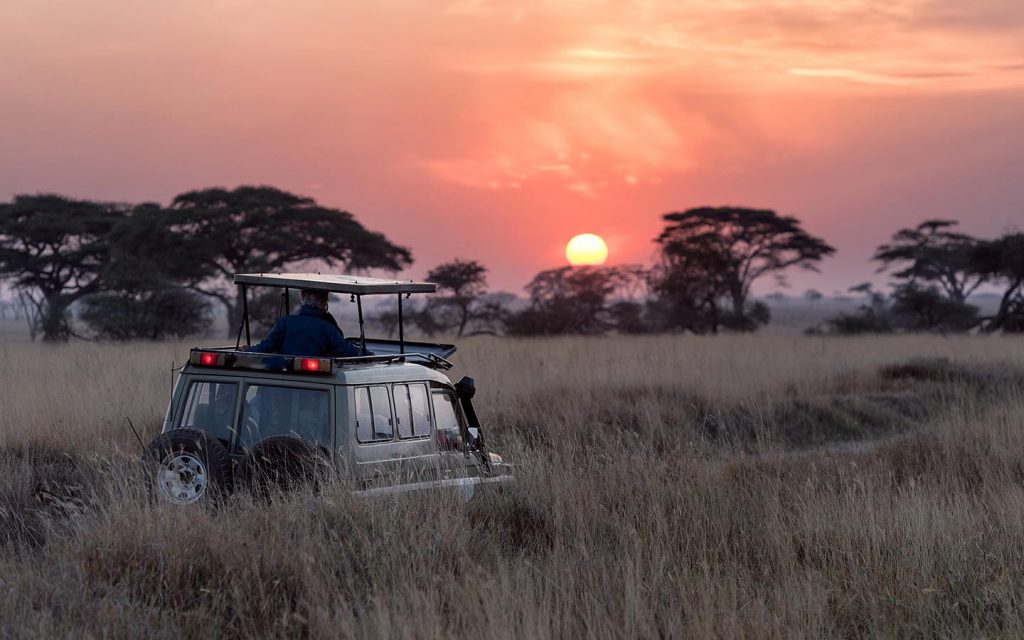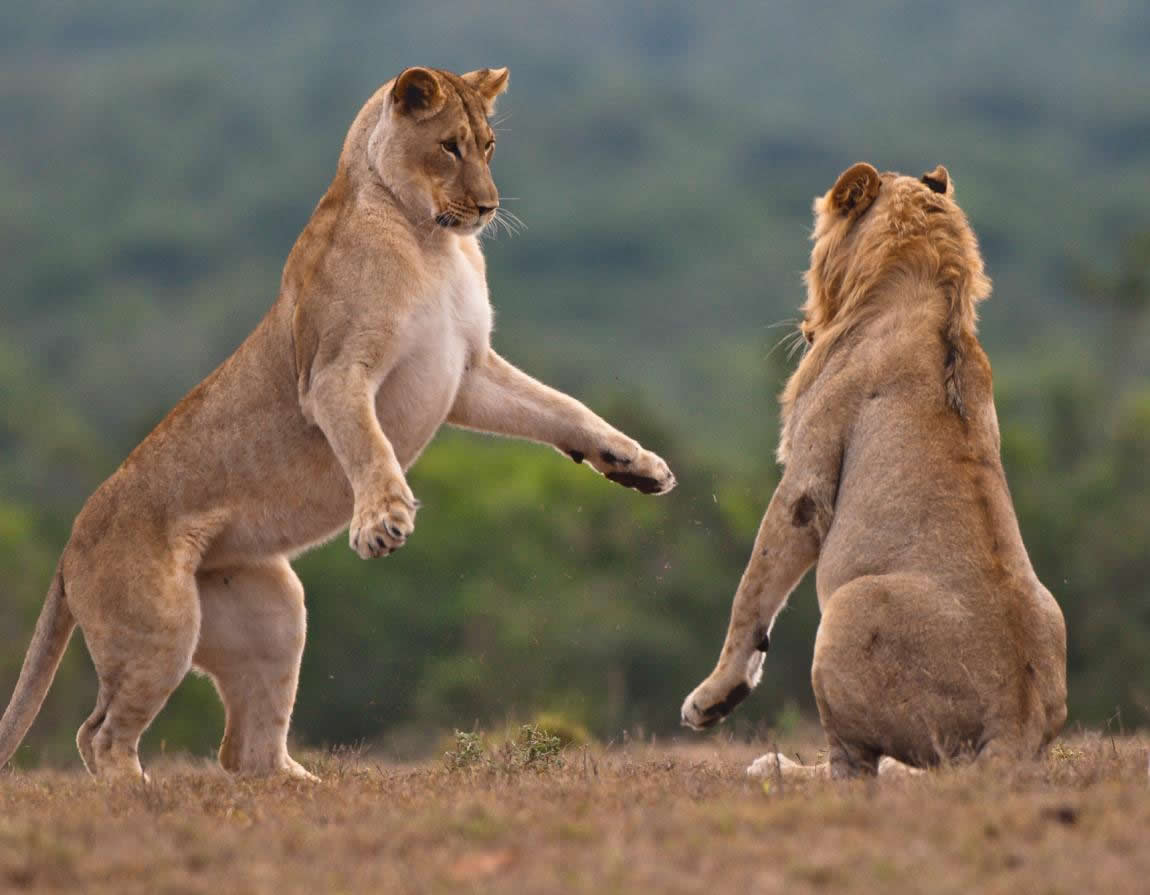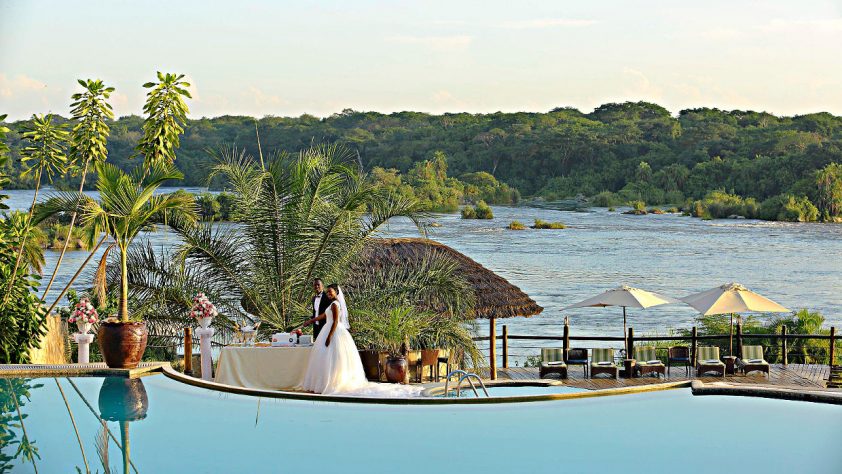
25 Most Beautiful Places in Uganda 2022
October 15, 2019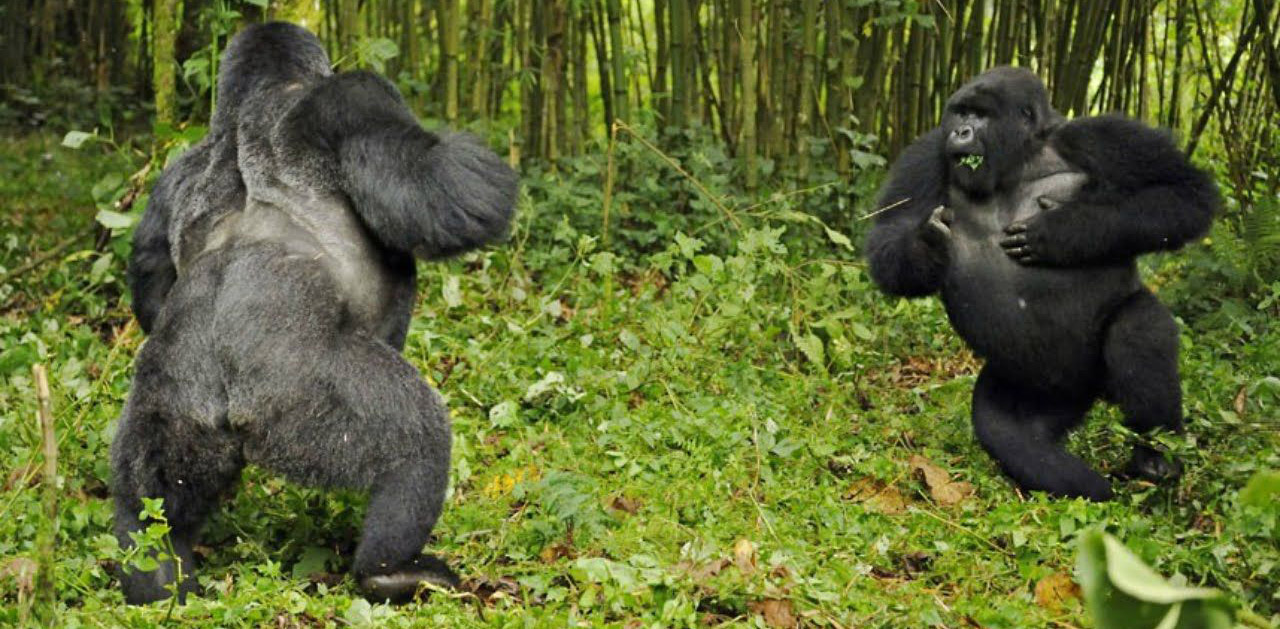
Tips to escape a charging Mountain Gorilla
January 14, 2020There are many wonderful places and times to photograph birds. Falling water levels in October expose sandbanks that attract nesting African Skimmers, huge noisy heronries rise and fall, and the summer rains bring exotic migrant species into the area.
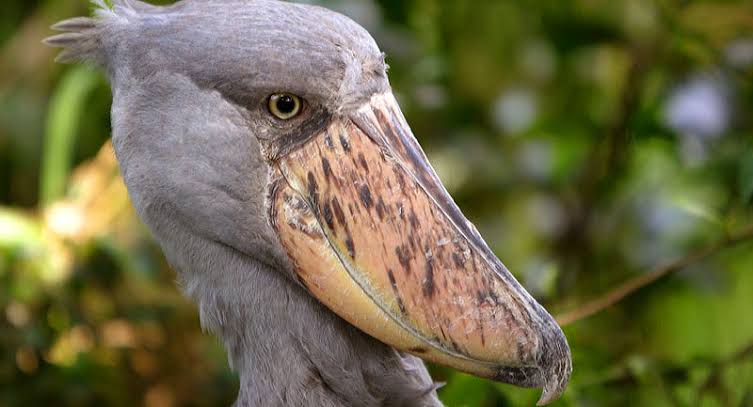
Shoebill Stork
Here are some tips (beginning and advanced) to make you a better wildlife photographer.
- Know Your Camera
Understanding your camera helps you change rapidly when there’s need to do so because birds and wildlife, in general, are often in motion. Birds are uncooperative and often in motion. Know your photography gear so that you can change settings rapidly.
- Aperture Priority Mode
Always use Auto Mode but if you want to shoot at wider apertures, use aperture priority mode, allowing your camera to let in more light and help isolate your subject using a shallower depth of field.
- Fast Shutter
Wildlife is often in motion and therefore you will want to freeze this motion by using fast shutter speed. Even if the animal is motionless, the turn of a head or ruffle of wings might cause blur in an image.
- Light
You will want good lighting to capture wildlife at its best. Be conscious of where the light falls. The following questions will guide you this; Where is the Sun? Where are the shadows? Where does the light fall? Photography is all about light.
- Isolate
Animals are often surrounded by vegetation and scenery that creates a crowded background. Isolate your subject from the background if you must have a good shot as a photographer.
- Burst Mode
Shooting a burst of a dozen or more images will give you a good chance of catching each one of your subjects at their best. And if not all at the same time, you can always cut and paste in Photoshop. Birds can be difficult subjects because they are constantly in motion. Modern cameras allow shooting rates that were once unheard of. Use this to your advantage to capture the perfect moment.
- Respect
Wildlife can be sensitive to humans, even when you want the shot, don’t get so close that your proximity will alter the behaviour of the birds. Don’t invade habitat hastily respect what you’re doing.
- Learn your subject
Learn about the different birds you wish to photograph and their habitats before you arrive at the site. Knowledge about them helps you anticipate the birds’ behaviour and habits so that you can easily get the shot.
- The Eyes of the bird(s)
Aim for the eyes by positioning your autofocus sensor at the eyes of the bird(s). Whether you are photographing people or animals, if the eye(s) are in the photo, they should be in sharp focus.
- Far Focus
Birds and the general Wildlife will be at the far ends of the autofocus range. By limiting the lens to the far distances, it can focus and refocus faster. Autofocus lenses let you limit the autofocus to specific distances.
- Action
Be patient, study your subject and be ready to take action. Most birds will eventually take flight. Most animals will not stay still for very long. Be ready to capture the action when it happens.
- Get Closer
The closer you get to the subject, the more vivid your images will be. Be careful not to alter the behavior of your subject, and stay safe.
- Camera support
Shaking your camera can ruin your what would be the best shot. Especially with longer focal-length lenses, the use of camera support can be critical to acquire sharp images. Use a tripod, monopod, bean bags, or another alternative supports for extreme stability.
- Include the Habitat
Closer is better unless you have lost all sense of space and environment. Is that photo of the bison’s head from the local zoo or from a vast mountain meadow? Be sure to include the animal’s natural habitat in images.
- Change Perspective
Eye height of the animal is good to take the shot. As may be required get down low or up high and shoot level. Most photos are taken from human eye height.
- Patience
Do not be in a hurry to take the short. You cannot direct or pose an animal in the wild and therefore your patience You might have to wait hours or even days for your shot.
Conclusion
Photographing birds can be a hugely rewarding exercise or one of extreme frustration. Besides a great deal of patience, the most important considerations to bear in mind are the equipment you use, how you use it, and your guide’s knowledge and the behaviour of the birds you’re trying to photograph.

